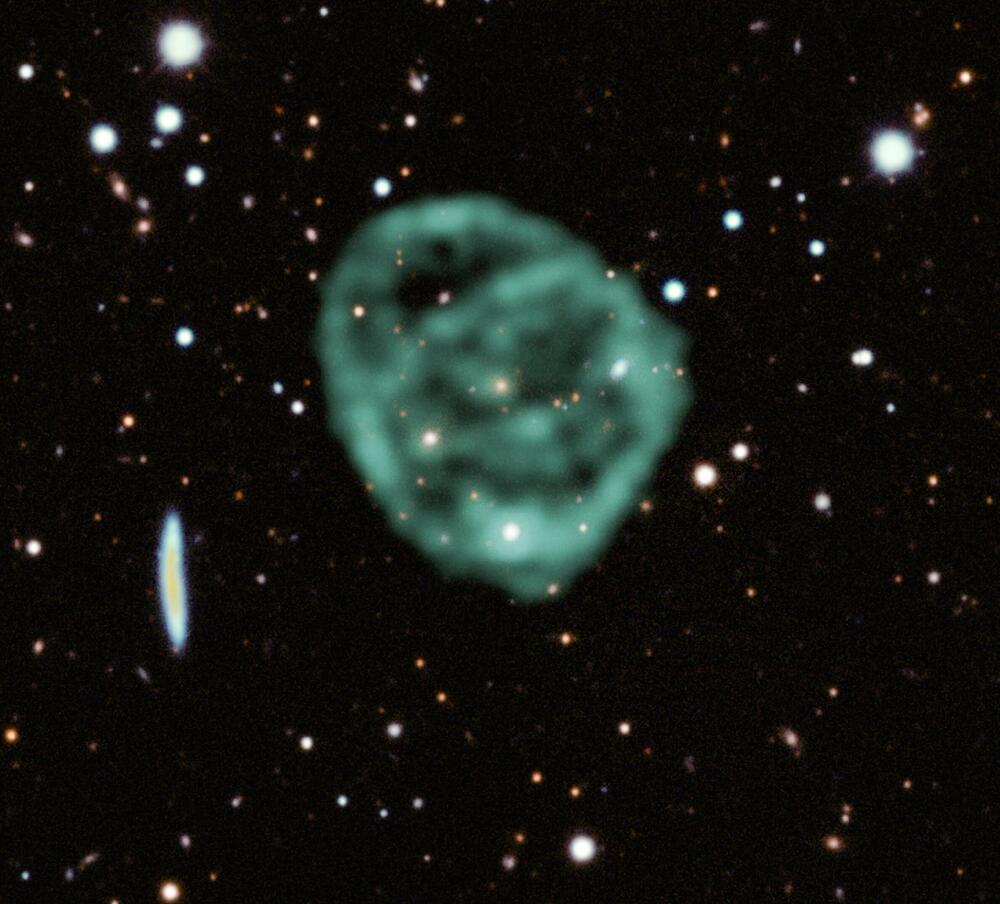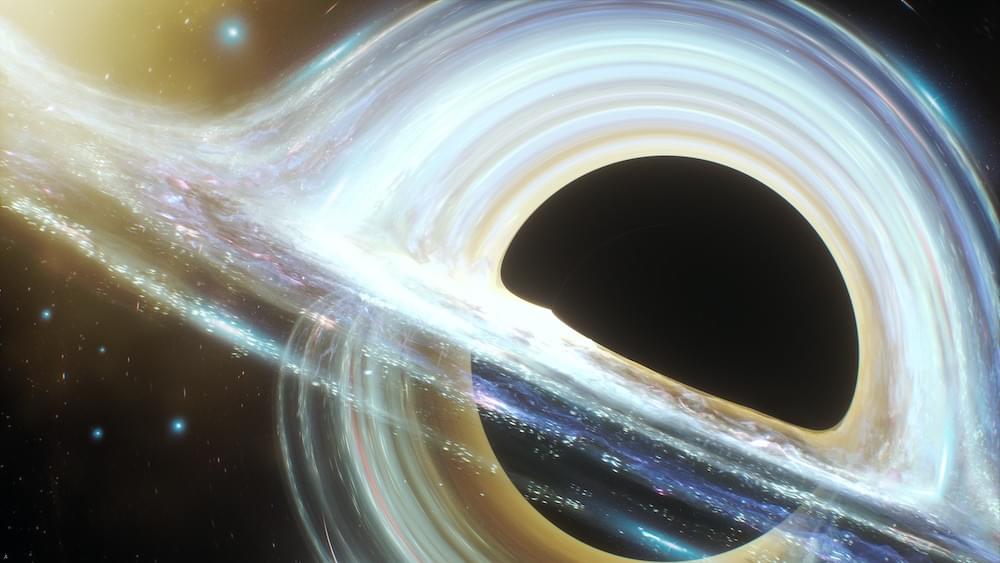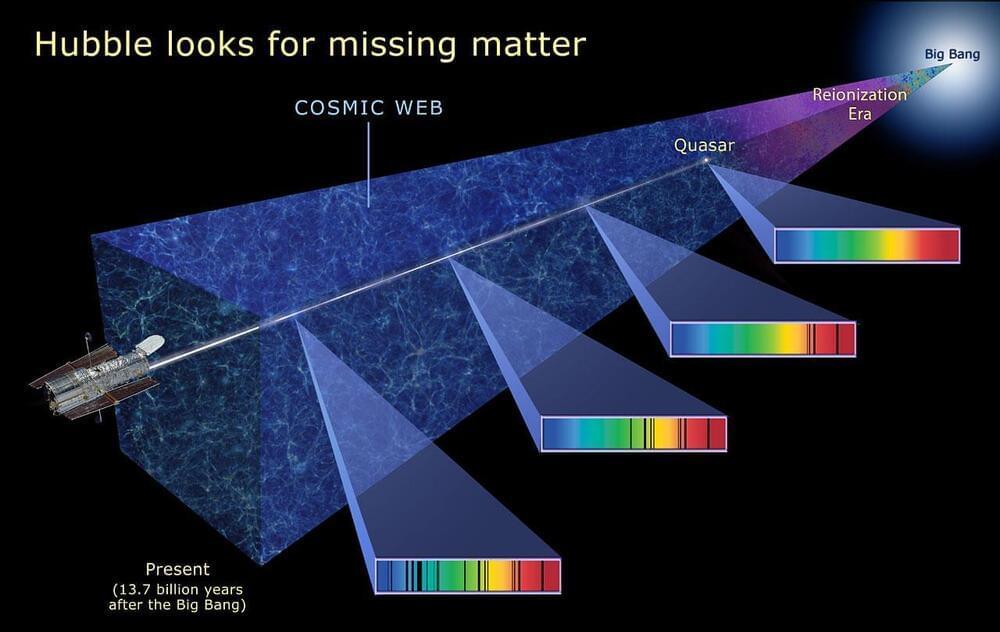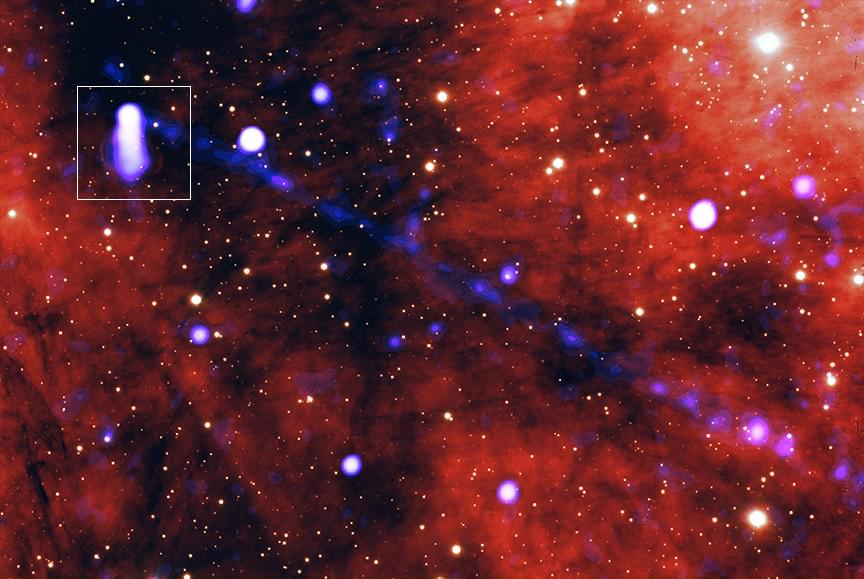The prospects for directly testing a theory of quantum gravity are poor, to put it mildly. To probe the ultra-tiny Planck scale, where quantum gravitational effects appear, you would need a particle accelerator as big as the Milky Way galaxy. Likewise, black holes hold singularities that are governed by quantum gravity, but no black holes are particularly close by — and even if they were, we could never hope to see what’s inside. Quantum gravity was also at work in the first moments of the Big Bang, but direct signals from that era are long gone, leaving us to decipher subtle clues that first appeared hundreds of thousands of years later.
But in a small lab just outside Palo Alto, the Stanford University professor Monika Schleier-Smith and her team are trying a different way to test quantum gravity, without black holes or galaxy-size particle accelerators. Physicists have been suggesting for over a decade that gravity — and even space-time itself — may emerge from a strange quantum connection called entanglement. Schleier-Smith and her collaborators are reverse-engineering the process. By engineering highly entangled quantum systems in a tabletop experiment, Schleier-Smith hopes to produce something that looks and acts like the warped space-time predicted by Albert Einstein’s theory of general relativity.







